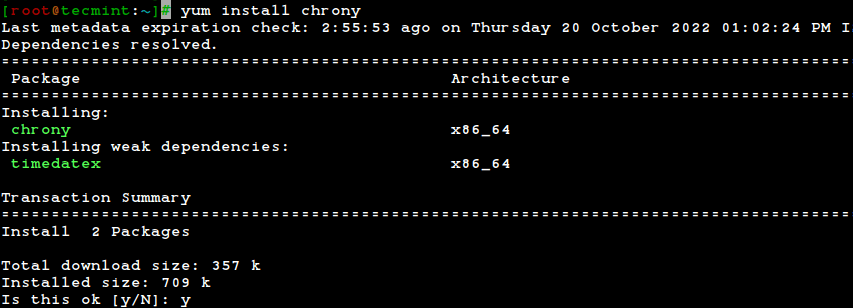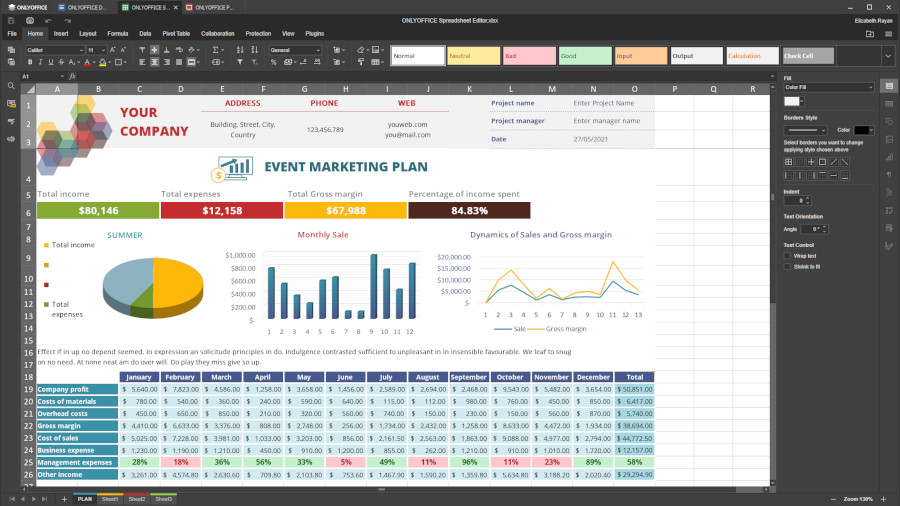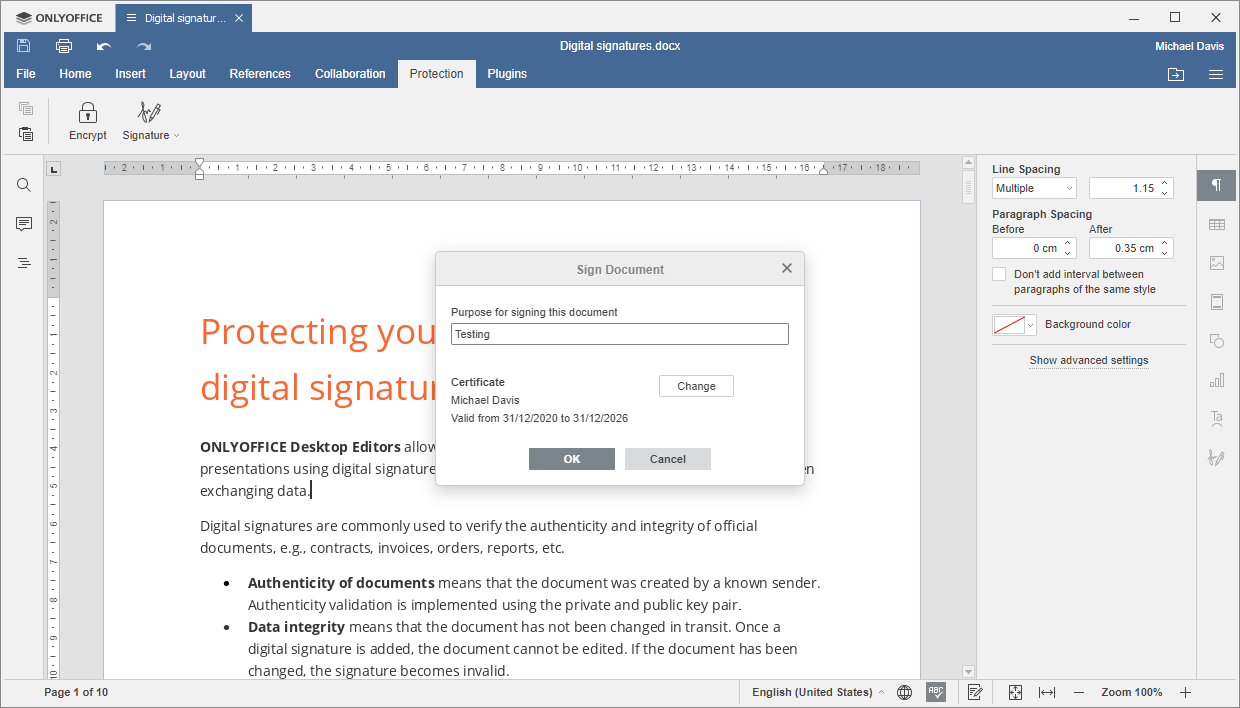The Network Time Protocol (NTP) is a protocol used to synchronize computer system clocks automatically over a network. The machine can have the system clock use Coordinated Universal Time (UTC) rather than local time. Maintaining accurate time on Linux systems, especially servers is an important task for many reasons. For example, in a networked environment,
RedHat - DesignLinux
How to Open, Extract and Create RAR Files in Linux
RAR is the most popular tool for creating and extracting compressed archive (.rar) files. When we download an archive file from the web, we required a rar tool to extract them. RAR is available freely under Windows operating systems to handle compressed files, but unfortunately, rar tool doesn’t pre-installed under Linux systems. This article explains
Top 8 YUM/DNF ThirdParty Repositories for RHEL-Based Linux
YUM (Yellowdog Updater Modified) is an open-source, widely used command-line and graphical-based package management tool for RPM (RedHat Package Manager) based Linux systems, including, but not limited to, Red Hat Enterprise Linux (RHEL), CentOS, Scientific Linux (SL), Oracle Linux (OL), Rocky Linux and AlmaLinux, which is used to install, update, remove or search software packages
Install LXC (Linux Containers) in RHEL, Rocky & AlmaLinux
LXD is described as the next-generation container and virtual machine manager that offers an immersive for Linux systems running inside containers or as virtual machines. It provides images for an inordinate number of Linux distributions with support for a wide selection of storage backends and network types. It also provides the option of installing the
How to Install MySQL 8.0 on RHEL/CentOS 8/7 and Fedora 35
MySQL is an open-source free relational database management system (RDBMS) released under GNU (General Public License). It is used to run multiple databases on any single server by providing multi-user access to each created database. This article will walk through you the process of installing and updating the latest MySQL 8.0 version on RHEL/CentOS 8/7/6/
How to Install Zabbix on RHEL/CentOS and Debian/Ubuntu
Zabbix is an Open Source, high-level enterprise software designed to monitor and keep track of networks, servers, and applications in real-time. Build in a server-client model, Zabbix can collect different types of data that are used to create historical graphics and output performance or load trends of the monitored targets. The server has the ability
How to Install Google Chrome in RedHat-Based Linux Distros
Google Chrome is a freeware web browser developed by Google Inc. Google Chrome team proudly announced the release of Google Chrome 92 on 16 August 2021. The actual version is 92.0.4515.159 for Linux and Mac OS X/Windows operating systems. This new Chrome version is bundled with a number of exciting fixes, features, and improvements. In
How to Install ONLYOFFICE Desktop Editors in Linux
ONLYOFFICE Desktop Editors is an open-source office suite that is available for Linux, Windows, and macOS users. Freely distributed under the terms of AGPLv3, it combines three editors for text documents, spreadsheets, and presentations that are natively compatible with the Microsoft Office formats (DOCX, XLSX, PPTX). [ You might also like: 13 Most Used Microsoft
How to Install and Use ProtonVPN on Desktop Linux
A VPN (Virtual Private Network) is an encrypted tunnel that extends over a public network. It allows users to securely browse and access resources over an internet connection with utmost privacy and confidentiality. [ You might also like: 13 Best VPN Services with Lifetime Subscription ] ProtonVPN is a high-speed Swiss-based VPN that secures your
Digitally Sign Documents in Linux Using ONLYOFFICE Desktop Editors
One of the most reliable ways to protect your documents and their content from any alterations is using a digital signature. It is a mathematical technique used to validate the authenticity and integrity of a document. In other words, a digital signature creates a virtual fingerprint that is unique to a person and is used








